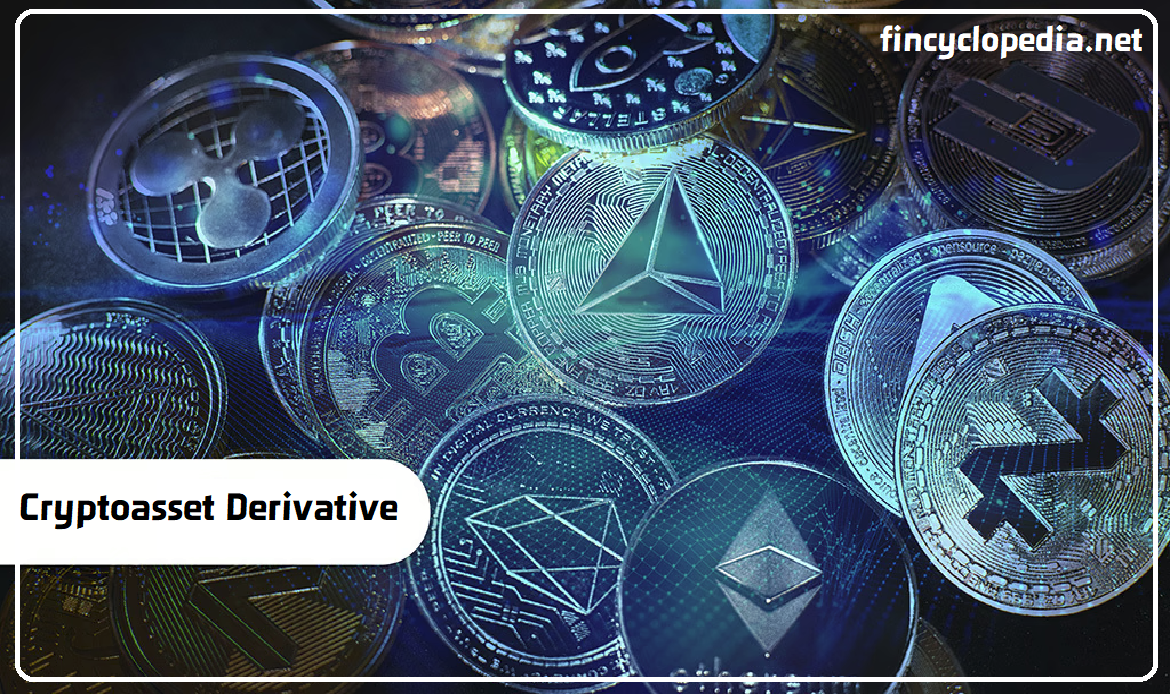
Concept
A type of synthetic asset (synthetic cryptoasset) that represents a token created and issue on a network (blockchain) as a reference to the value/ price of another asset. The holder of the token does not own the asset itself, nor does any related party to the transaction does so. Instead, the token holder can, by means of ownership, control the collateral used to create the token. As a form of synthetic asset, synthetic token is generally created by overcollateralizing the reference asset (such as a tangible asset, financial asset, or a crypto or coin) to construct the relevant synthetic assets. Synthetic tokens are changing the scene of decentralized finance (DeFi) and its application. These tokens represent digital versions of real-world assets (RWAs) like stocks, currencies, or commodities, or other types of assets. Once issued, the tokens can be traded on decentralized exchanges (DEXs).
Synthetic assets, or synths, are perceived as the DeFi version of derivatives, that are commonplace in the world of traditional finance. In traditional finance, investors use derivatives to track the performance and behavior of an underlying asset for many purposes including hedging, investing, and revenue generation. Synthetic assets are the blockchain equivalent of traditional derivatives. These assets exist as virtual representation of other assets, and can be designed to track the value of any asset or index out in the real or financial world.
Overcollateralization: a key element
A synthetic is generally overcollateralized (by means of a reference asset). Overcollateralization is essential for containing any volatility swings of the synthetic asset’s reference price. For example, if the value of a crypto coin is $100 and an XYZ stock is $100, the synthesization mechanism (involving a protocol known as Synthetix) may request three or four times for the size of underlying collateral (e.g., a 300% or 400% overcollateralization ratio) as a reference asset. Therefore, every crypto coin will be collateralized by a multiple of 3 or 4 times its market value. The holders of such assets trade and invest in the collateralized asset that has been converted into a token. The issuer of the token establishes a relationship between a reference asset and the token being issued. It may be a stock or any type of tradable equity, or it could be the market rate for a specific amount of a physical commodity. The price reference point is artificially created through collateralization. A synthetic is similar to a stablecoin that is connected to a certain fiat currency. Each unit of the stablecoin is collateralized by one unit of the fiat currency, maintaining a 1 to 1 collateralization. The collateralization ratio can be a multiple of many times due to the reference token’s value and the collateral value being referenced.
Synonyms
A synthetic token may also be referred to simply as a synthetic (of course, in the context of crypto).






